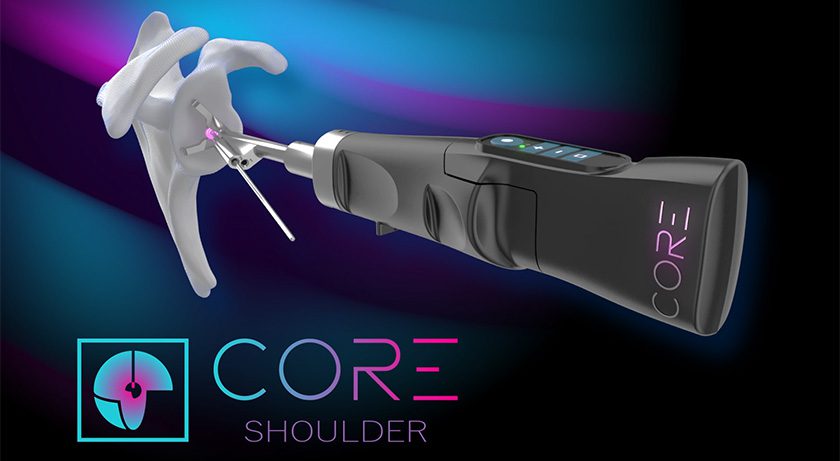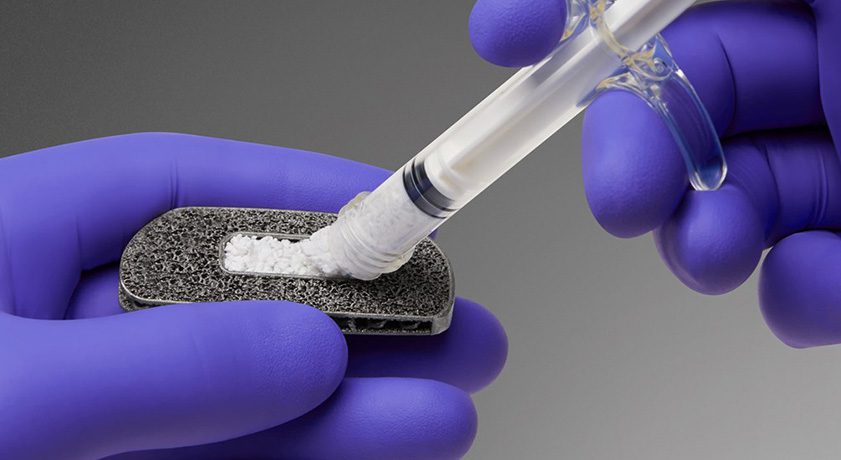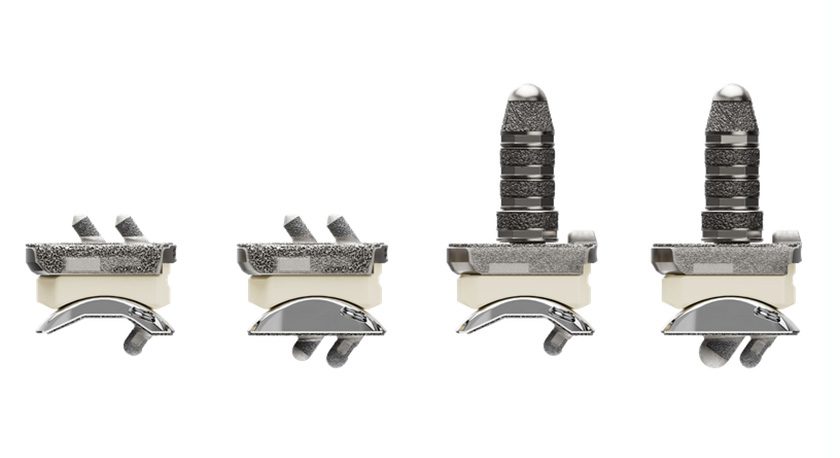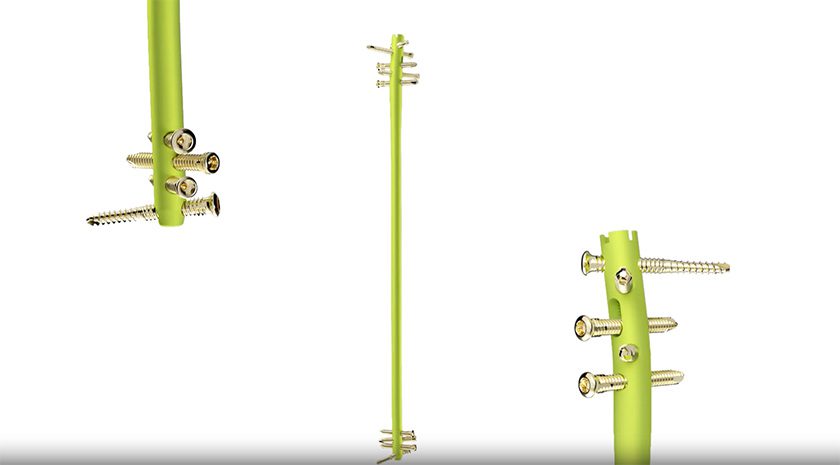

 Copy to clipboard
Copy to clipboard 
Inovedis announced the first U.S. procedures using the SINEFIX Rotator Cuff Repair System.
SINEFIX, designed for tendon ruptures up to 2 cm, features a two-step process using a PEEK plate and two PEEK anchors, equipped with additional teeth to prevent tendon slippage. This design is intended to keep the tendon vital by maintaining blood circulation, which is essential for biological healing. The system eliminates the need for complex suture management, making it a more accessible technique for surgeons and improving patient outcomes.
“Rotator cuff repair surgeries are among the most common soft tissue procedures, with over half a million performed each year in the U.S. alone,” said Dr. Stefan Welte, co-founder of Inovedis and inventor of the SINEFIX system. “Unfortunately, traditional methods using suture anchors have not yielded significant improvements in patient recovery. Our vision is to revolutionize biomechanical fixation and enhance biological healing. The success of these first cases in the U.S. brings us closer to that goal.”
Tom Anstead, CEO of Inovedis Inc., emphasized the importance of the technology in reducing surgery time and cost while enhancing patient care. “The simplicity of SINEFIX’s surgical technique, which eliminates the need for knot tying, is a critical step toward making this groundbreaking technology available to surgeons worldwide. Our first successful cases in the U.S. mark a significant achievement for our team.”
Source: Inovedis
Inovedis announced the first U.S. procedures using the SINEFIX Rotator Cuff Repair System.
SINEFIX, designed for tendon ruptures up to 2 cm, features a two-step process using a PEEK plate and two PEEK anchors, equipped with additional teeth to prevent tendon slippage. This design is intended to keep the tendon vital by maintaining blood...
Inovedis announced the first U.S. procedures using the SINEFIX Rotator Cuff Repair System.
SINEFIX, designed for tendon ruptures up to 2 cm, features a two-step process using a PEEK plate and two PEEK anchors, equipped with additional teeth to prevent tendon slippage. This design is intended to keep the tendon vital by maintaining blood circulation, which is essential for biological healing. The system eliminates the need for complex suture management, making it a more accessible technique for surgeons and improving patient outcomes.
“Rotator cuff repair surgeries are among the most common soft tissue procedures, with over half a million performed each year in the U.S. alone,” said Dr. Stefan Welte, co-founder of Inovedis and inventor of the SINEFIX system. “Unfortunately, traditional methods using suture anchors have not yielded significant improvements in patient recovery. Our vision is to revolutionize biomechanical fixation and enhance biological healing. The success of these first cases in the U.S. brings us closer to that goal.”
Tom Anstead, CEO of Inovedis Inc., emphasized the importance of the technology in reducing surgery time and cost while enhancing patient care. “The simplicity of SINEFIX’s surgical technique, which eliminates the need for knot tying, is a critical step toward making this groundbreaking technology available to surgeons worldwide. Our first successful cases in the U.S. mark a significant achievement for our team.”
Source: Inovedis

You are out of free articles for this month
Subscribe as a Guest for $0 and unlock a total of 5 articles per month.
You are out of five articles for this month
Subscribe as an Executive Member for access to unlimited articles, THE ORTHOPAEDIC INDUSTRY ANNUAL REPORT and more.
JV
Julie Vetalice is ORTHOWORLD's Editorial Assistant. She has covered the orthopedic industry for over 20 years, having joined the company in 1999.







